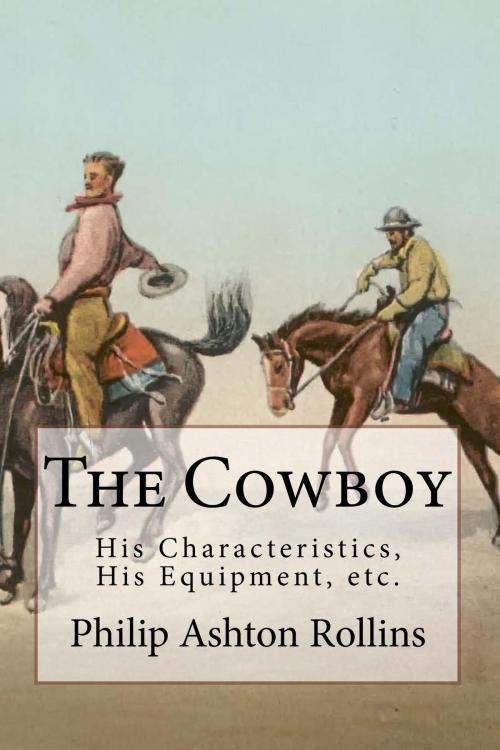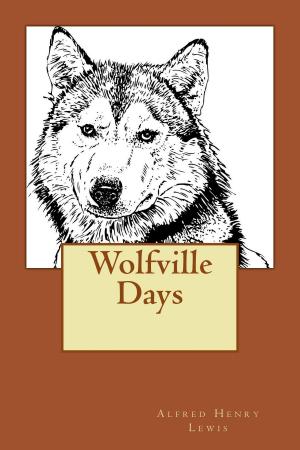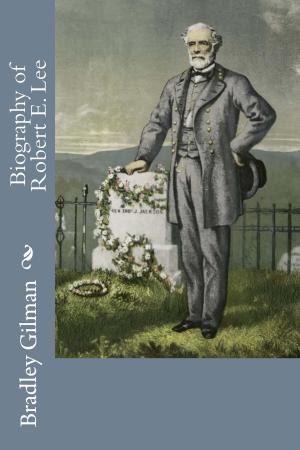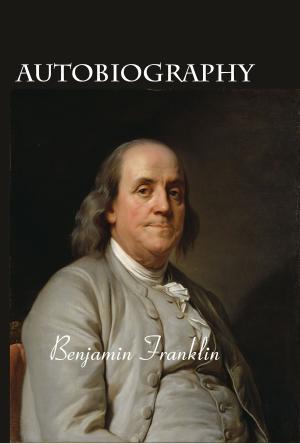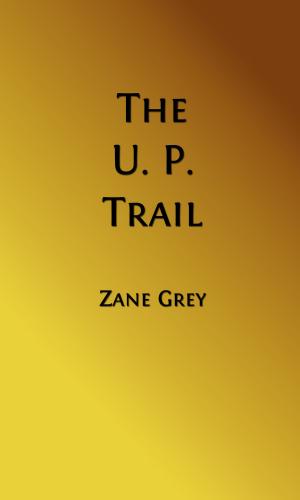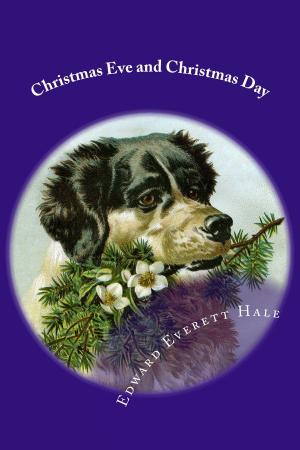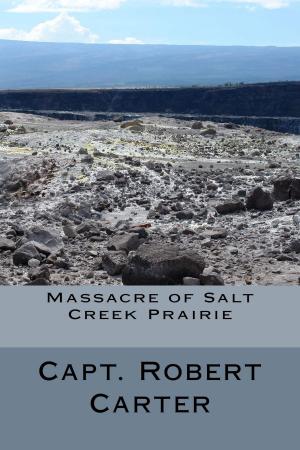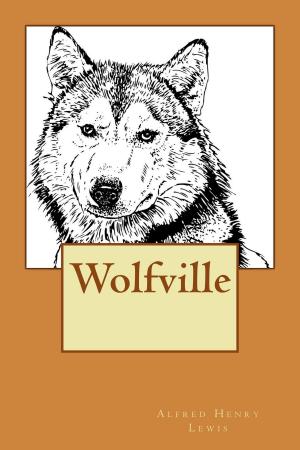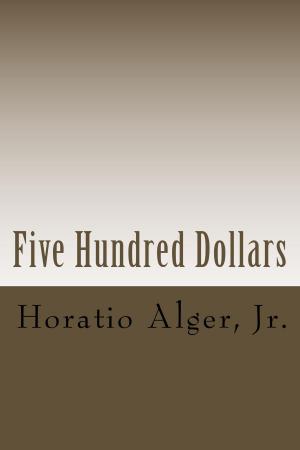The Cowboy (Illustrated Edition)
His Characteristics, His Equipment, and His Part In The Development of the West
Nonfiction, History, Americas, United States, 19th Century| Author: | Philip Ashton Rollins | ISBN: | 1230001442182 |
| Publisher: | Steve Gabany | Publication: | November 25, 2016 |
| Imprint: | Language: | English |
| Author: | Philip Ashton Rollins |
| ISBN: | 1230001442182 |
| Publisher: | Steve Gabany |
| Publication: | November 25, 2016 |
| Imprint: | |
| Language: | English |
The cowboy has long been romanticized. We seem to feel that the "good" cowboy must be a heroic figure who always has a likeable but bumbling sidekick, and who, against all odds, saves the fair maiden, the bank, the stagecoach payroll, and the entire town, simultaneously, with snap shots of almost unbelievable accuracy from his must-be-hundred-shot revolver, all the while riding his horse wearing his white, ten-gallon hat, strumming his guitar and singing, "Oh, Bury Me Not on the Lone Prairie," in a memorable baritone.
If the cowboy wasn't a Good Guy, he had to be a "bad" guy - an Outlaw. You could always tell the Outlaw from the Good Guy — the Outlaw wore a black hat, was named something like "Bad Curly Jack," and was forbidden from riding a white horse: The Lone Ranger's horse, Silver, would never let the Outlaw climb into his saddle! Only a few occupations were open to the Outlaw — rustling cattle, robbing trains, banks, and stagecoach payroll, or stealing the Greenhorn's or City Slicker's stake by cheating at the widly-popular cowboy card game, Go Fish. Rustling cattle was the most popular occupation because if a duststorm or blizzard came up, the Outlaw could always eat some of his booty. Cash ill-gotten by robbing a bank, for example, was easier to transport, but if you were trying to stay warm on a cold, winter night, you couldn't get a long-lasting fire by burning greenbacks.
The Outlaw wasn't always bad, either. While he was a deadly shot when shooting at the average man, he deliberately missed the Good Guy. And, even if he kidnapped the pretty bank teller, he would treat her with great courtesy, even in the worst of times. It is not widely known that an Outlaw who rustled cattle AND kidnapped a pretty bank teller would always offer her the choice piece of beef when the blizzard struck and they were pinned down.
This book discusses what actually made a "cowboy," as well as describing cowboy weaponry, clothing, saddles and equipment; the "cowboy character"; and a cowboy's work. Rollins also describes the history of ranching in the United States, the raising of horses and cattle, livestock rustling, and more.
This edition of the book contains 10 western cowboy illustrations, four of which are in full color, and all of which are unique to this edition of the book.
Philip Ashton Rollins participated in two cattle drives as a teenager and spent six months on the Cheyenne Indians' Dakota reservation. Educated as a lawyer in the East, he regularly returned to visit and study the West firsthand. He in the author of several books on cowboys and the West, including Jinglebob, and Gone Haywire, in addition to "The Cowboy."
The cowboy has long been romanticized. We seem to feel that the "good" cowboy must be a heroic figure who always has a likeable but bumbling sidekick, and who, against all odds, saves the fair maiden, the bank, the stagecoach payroll, and the entire town, simultaneously, with snap shots of almost unbelievable accuracy from his must-be-hundred-shot revolver, all the while riding his horse wearing his white, ten-gallon hat, strumming his guitar and singing, "Oh, Bury Me Not on the Lone Prairie," in a memorable baritone.
If the cowboy wasn't a Good Guy, he had to be a "bad" guy - an Outlaw. You could always tell the Outlaw from the Good Guy — the Outlaw wore a black hat, was named something like "Bad Curly Jack," and was forbidden from riding a white horse: The Lone Ranger's horse, Silver, would never let the Outlaw climb into his saddle! Only a few occupations were open to the Outlaw — rustling cattle, robbing trains, banks, and stagecoach payroll, or stealing the Greenhorn's or City Slicker's stake by cheating at the widly-popular cowboy card game, Go Fish. Rustling cattle was the most popular occupation because if a duststorm or blizzard came up, the Outlaw could always eat some of his booty. Cash ill-gotten by robbing a bank, for example, was easier to transport, but if you were trying to stay warm on a cold, winter night, you couldn't get a long-lasting fire by burning greenbacks.
The Outlaw wasn't always bad, either. While he was a deadly shot when shooting at the average man, he deliberately missed the Good Guy. And, even if he kidnapped the pretty bank teller, he would treat her with great courtesy, even in the worst of times. It is not widely known that an Outlaw who rustled cattle AND kidnapped a pretty bank teller would always offer her the choice piece of beef when the blizzard struck and they were pinned down.
This book discusses what actually made a "cowboy," as well as describing cowboy weaponry, clothing, saddles and equipment; the "cowboy character"; and a cowboy's work. Rollins also describes the history of ranching in the United States, the raising of horses and cattle, livestock rustling, and more.
This edition of the book contains 10 western cowboy illustrations, four of which are in full color, and all of which are unique to this edition of the book.
Philip Ashton Rollins participated in two cattle drives as a teenager and spent six months on the Cheyenne Indians' Dakota reservation. Educated as a lawyer in the East, he regularly returned to visit and study the West firsthand. He in the author of several books on cowboys and the West, including Jinglebob, and Gone Haywire, in addition to "The Cowboy."
